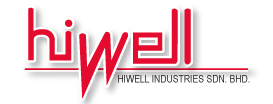A productive meeting is unattainable without a well-planned agenda. The agenda for the board meeting sets the tone for discussion and helps ensure that the board accomplishes its objectives.
No matter if you’re a board participant or an administrator, it is essential to know the best practices in agenda preparation to ensure an effective board meeting. This article will assist you in avoiding the most common pitfalls that can hinder the effectiveness of a board meeting.
Too Many Topics to Discuss
There are too many topics to be discussed in a meeting and this leads to unorganized discussions and an insufficient amount of time allocated to each topic. This decreases the effectiveness of the meeting. To avoid this, choose the most important topics that are relevant to your meeting’s objectives. If necessary, you can delay or assign less urgent issues to a later meeting or a committee to further explore.
Insufficient Board Participation
In the absence of the views of board members, it becomes difficult to arrive at well-rounded decisions. A well-planned agenda can encourage participation by identifying the stakeholders in each discussion, and also allowing for equal time for speaking to avoid any individual from dominating a conversation.
Insufficient documentation
If there are no clear guidelines for how to prepare for the board meeting, it could be easy for members to show up without preparation. A board agenda should include all relevant documents, such as the minutes of previous meetings reports, minutes, and proposals and arrange them chronologically to support productive discussion. These documents should be emailed to board members ahead of time, and made accessible through their board portal for review prior to the meeting.

